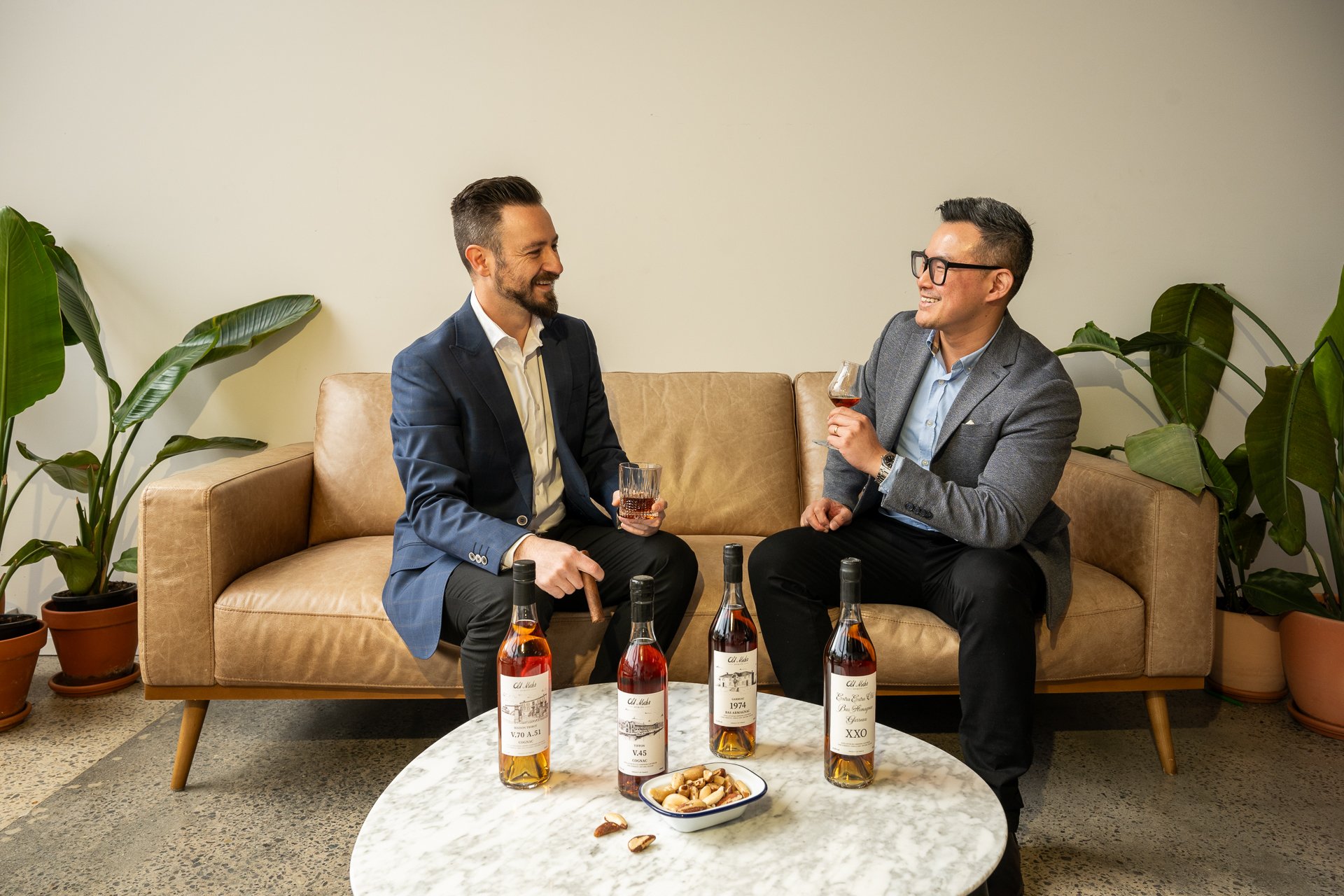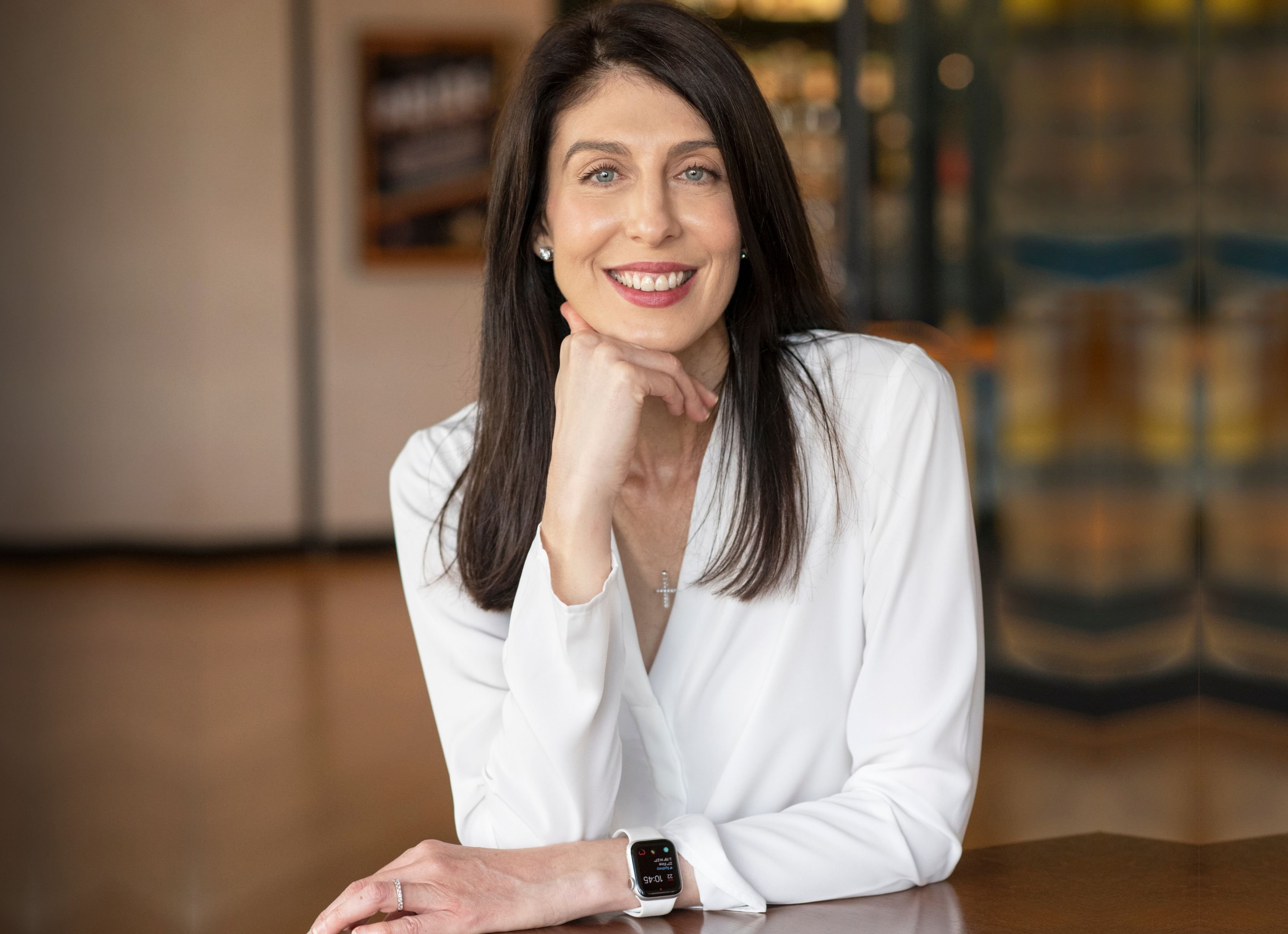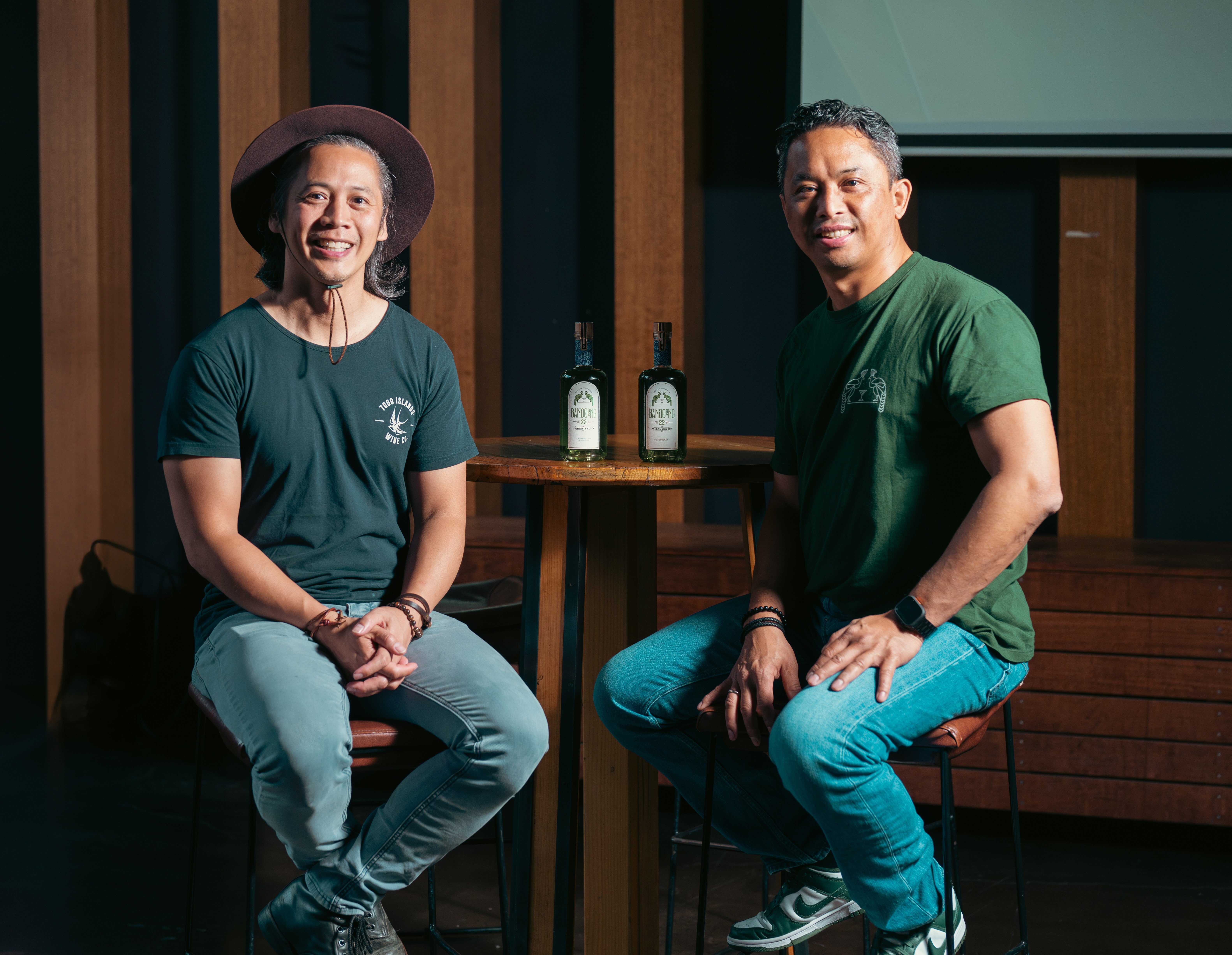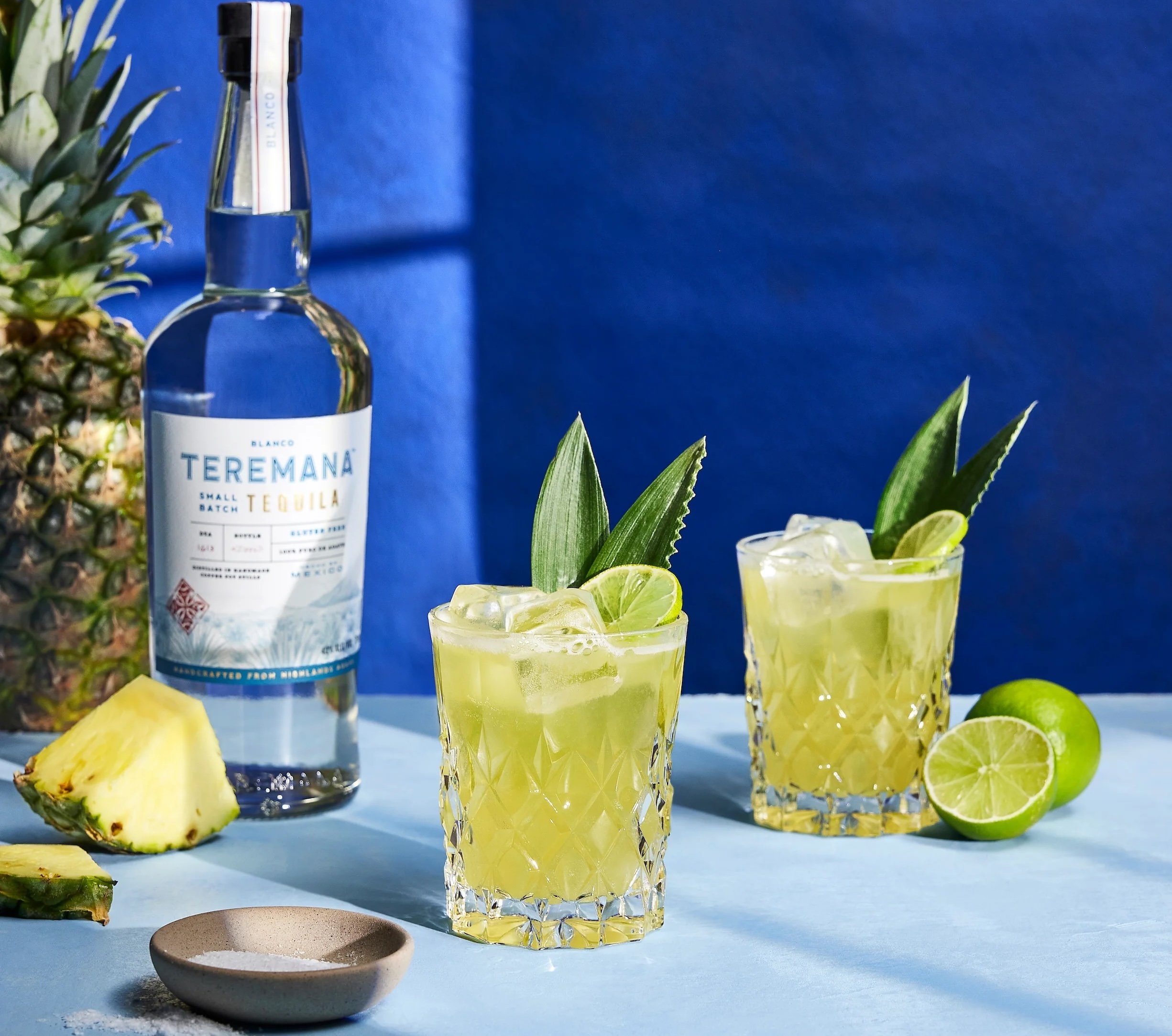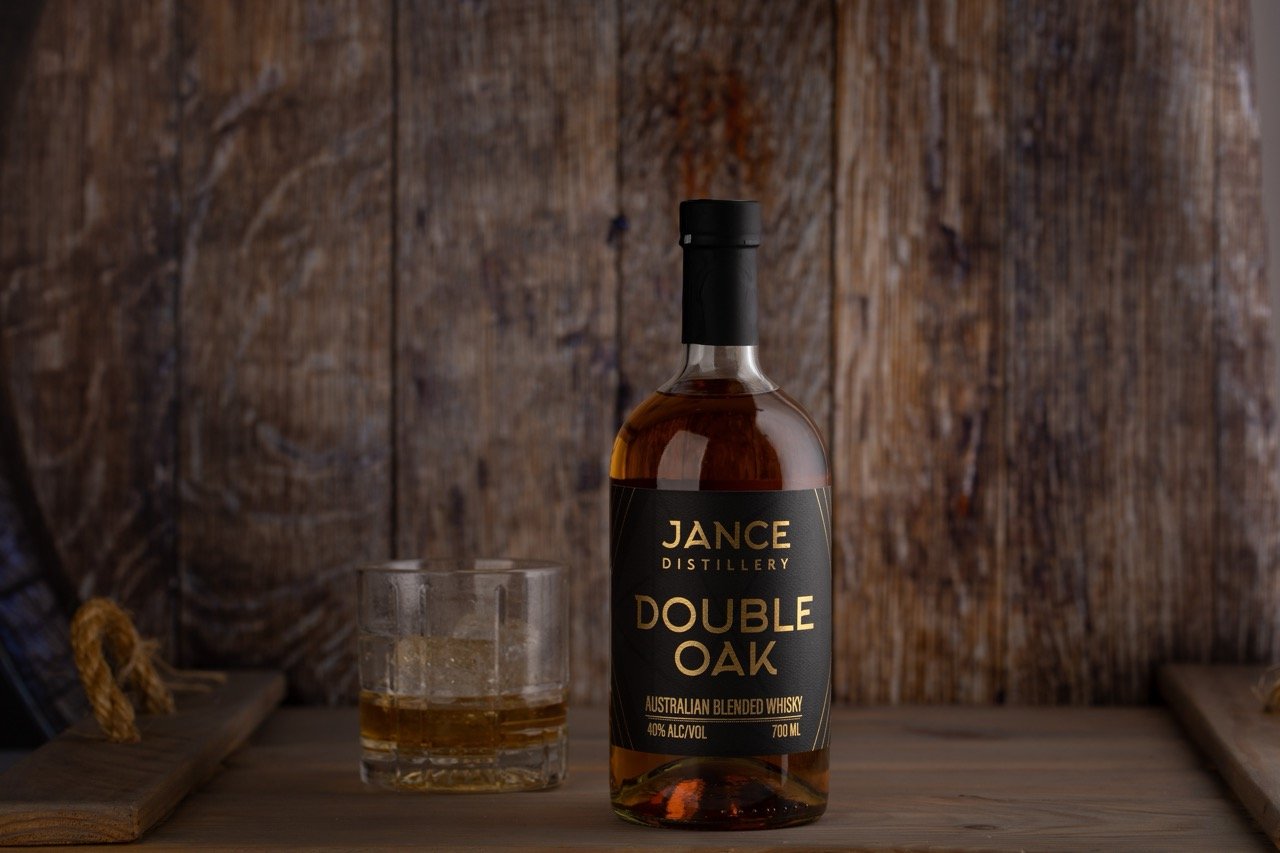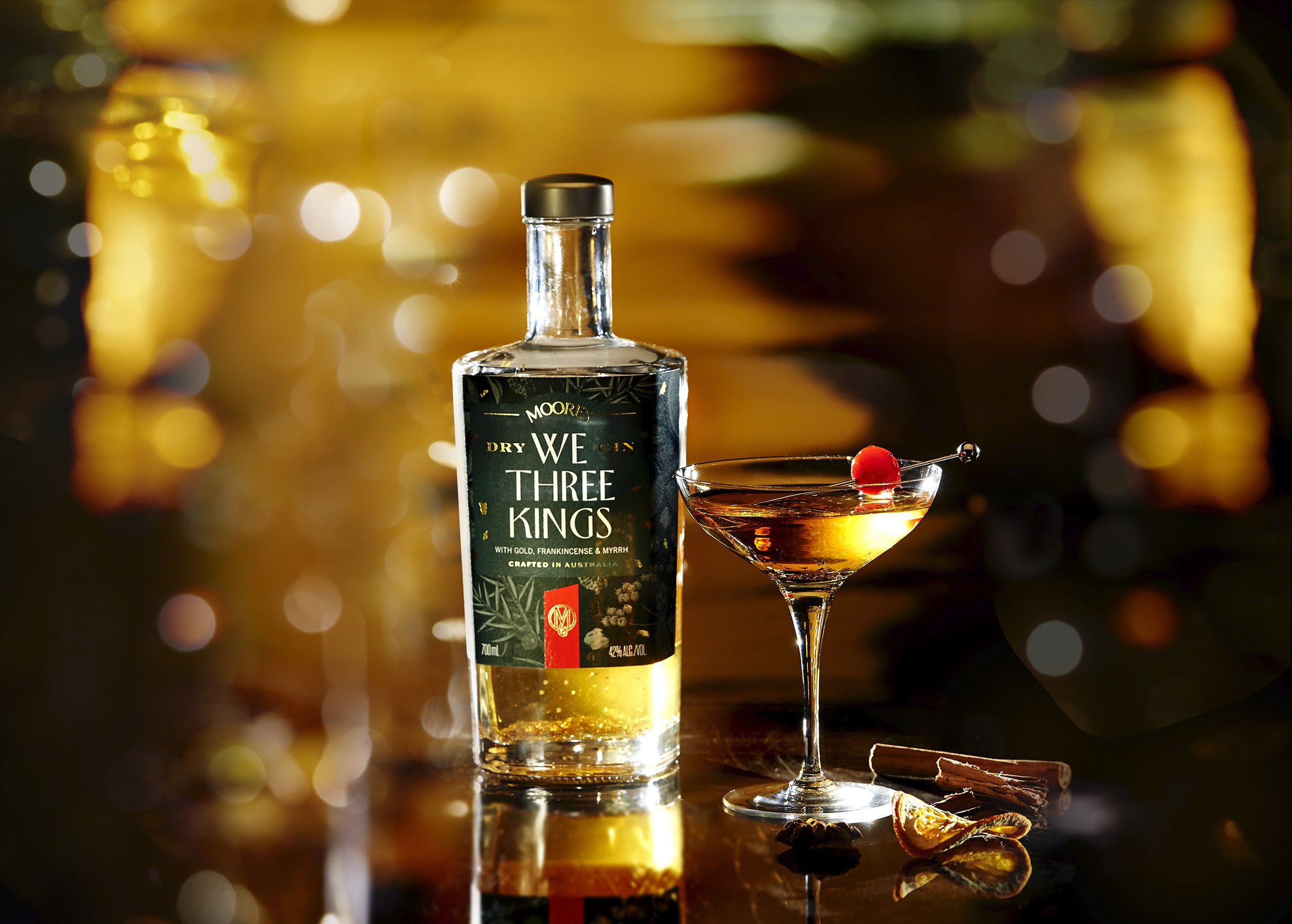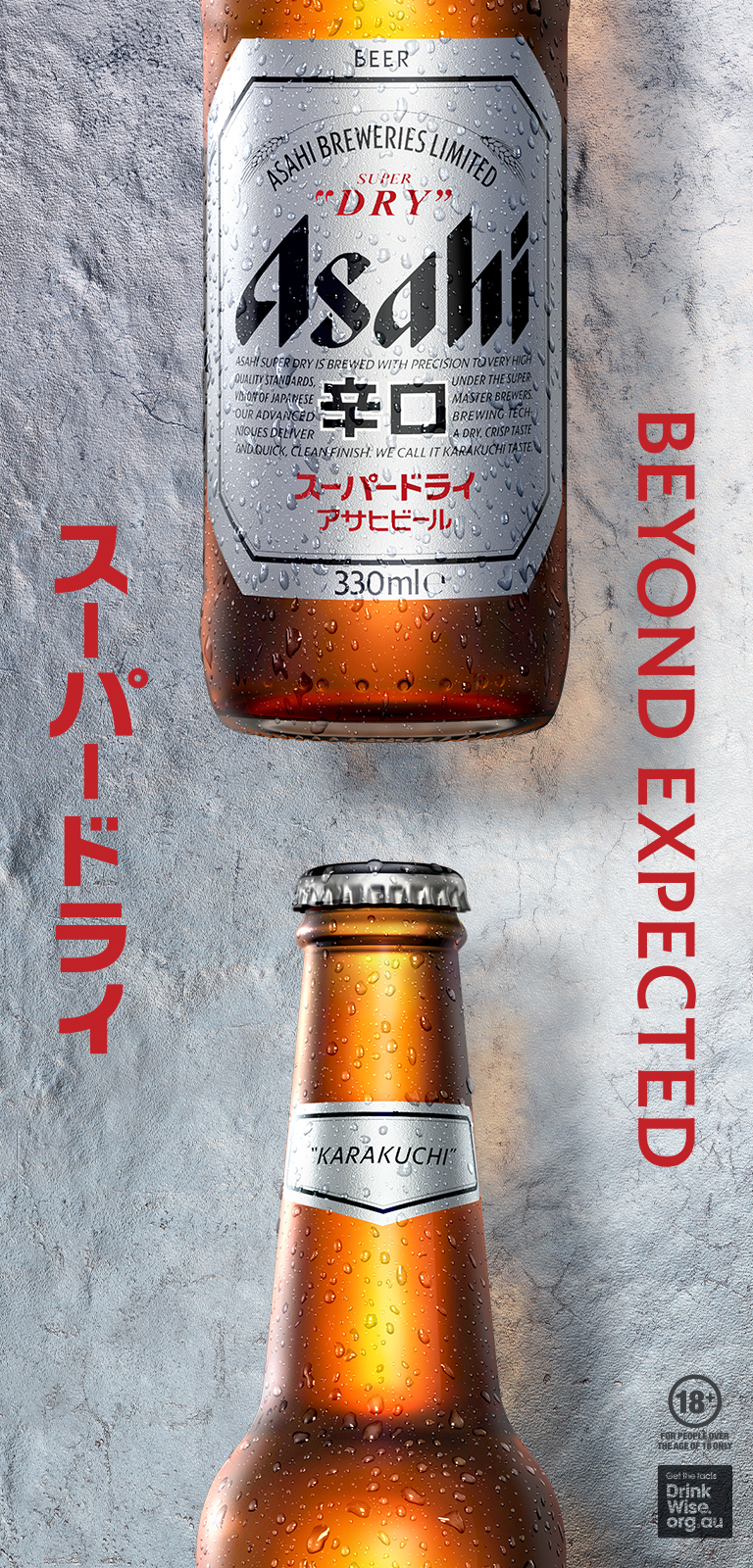While Cognac and Armagnac are well recognised as two of the most prestigious brandy-producing regions globally, the differentiating factors between the two are much less understood among consumers and trade alike.
To help fix this, Drinks Trade sat down with Deni Kay, Co-Founder of Melbourne-based independent bottler Old Master Spirits, to dive deep into the differences of the two brandy regions. According to Kay, there are four key ways in which the liquids differ: location, variety, crus, and casks.
“In terms of where they're located, you've got Armagnac [to the South], Bordeaux, [then] Cognac above it,” explained Kay.
“[Next], Cognac is double distilled in a copper still [while] Armagnac is single distilled in a column still, so continuous distillation distilled once. The more you distill something, the higher the alcohol concentration/the less you distill it, the lower alcohol concentration.”
In general, the reduced distilling time means that the flavours of Armagnac tend to remain brighter and more pronounced wine flavours when compared to those of Cognac. It also tends to have a slightly thicker and more viscous texture.
The next key point of difference lies in permitted grape varieties. According to Kay, there are only two permitted grape varieties allowed in Cognac compared to four in Armagnac.
“In Cognac you have mainly Ugni Blanc - which is a white wine [grape] otherwise also known as Trebbiano - and then the other is Folle Blanche, which is a variety that used to be far more popular back in the day, now it's not.”
For a cru Cognac, the white base wine used in the distillation must be composed of at least 90% Ugni Blanc, although in most cases the varietal makes up 100% of the blend.
“Whereas for Armagnac you've got four different grapes. You have Baco: Baco is a grape that was invented in the 1890s by a gentleman named Francois Baco off the back of Phylloxera that happened in the 1800s. And Baco is essentially Folle Blanche and Noir grapes. Deep flavour, rich, fruity, robust.”
Armagnac also permits Folle Blanche, Ugni Blanc, and Colambard in its blends. In general, it is far more common to see a mix of permitted varietals in Armagnac when compared to Cognac. While the base spirit used for both regions resembles a white wine, their high acidities and thin structures makes them virtually undrinkable in that form.
In contrast to having half the permitted grape varieties, Cognac has twice as many crus when compared to Armagnac.
"So Armagnac: three different crus. Bas Armagnac is the main one - call it the premier - and represents about 70% of Armagnac. You have Ténarèze, which is 25-30% of Armagnac. And then there's another cru in Armagnac, Haut Armagnac: it represents not even 1% of the area. It is expensive when you find Armagnac from there, purely because you don't have a lot of it out there.
“Now Cognac, you have six crus: you have Grande Champagne, Petite Champagne, Borderies, Fins Bois, [and] Bois Ordinaires… Grand Champagne in terms of the amount of vines they have there would be probably not quite as many as Petite, but almost. So I would say in terms of the the size and how much they produce, Fins Bois is the largest. Then we'd go Petite, then Grande, then Fins Bois, then Borderies, then Bois Ordinaires.”
Largely considered Cognac’s premier cru, Grande Champagne is responsible for a lot of the most prestigious Cognac produced.
“You have the large houses there - most of the Cognac that comes from there is cognac that's been aged for a long period of time,” explained Kay.
“It is a relatively hilly… as in the terrain; and the soil is really chalky. So if we talk about Terroir, Petite Champagne is less hilly, still chalky, but really compounded or compacted soil. So therefore, when it rains, the water doesn't penetrate the soil as easily as it does in Grande Champagne. It'll kind of sit there, which means that there's more moisture in the air. But that would still be cognac's second cru in terms of the premiumisation or how well regarded it is by consumers.”
The final key major differentiating factor between the two regions relates to cask type, with Cognac using French oak sourced from the Limousin Forest and Armagnac traditionally using black oak from the Monlezun Forest. Unfortunately, black oak is becoming an increasing rarity due to the local forests having fewer and fewer serviceable trees and as such Kay says “you'll probably find some Limousin there as well now.”
On top of the regional differences, however, Deni Kay stressed the variations in production scale, quality, and ethos as equally important to the final bottling.
“You've got two sides of the spectrum. One is you have your big [Cognac] houses which are your Hennessy, your Courvoisier, your Remy Martín, your Martell; then you have these smaller family-owned producers.”

The upcoming release from Old Masters Spirits, the company founded by Deni Kay & David Vuu in 2020, will feature Cognac from Tiffon produced during the 1945 harvest. The release was bottled at 45.2% abv natural cask strength in 2023 after almost 80 years in oak and demijohn.
“Tiffon: they are not large, but a larger producer in terms of they've been around since the 1870s,” said Kay.
“The great thing about working with them is that they have family in production, family in sales, family that essentially do a little bit of everything within the business.”
Looking further afield, it’s also worth noting that Cognac and Armagnac are both inherently similar brandy styles simply by using a base of fermented grapes and being aged in oak.
“If you want to talk about brandy, the main three [in France are] Cognac, Armagnac, Calvados: So two made from grape, one apple/pear but we might park Calvados because we're opening up a whole other can of worms,” said Kay.
You might have someone that will like to drink pisco or something else, but [that’s] going into the nichest of niches… For me, France is king when it comes to any brandy that's made out of grape.”
//
Previously featured in Drinks Trade’s Explained series: Oktoberfest Limoncello,Mead, Rakia, Zinfandel
Share the content
